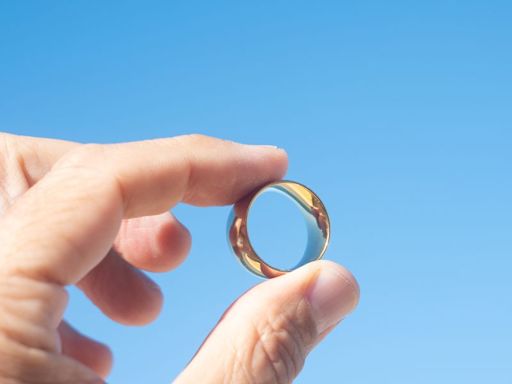Search results
Men Are Like That is a 1930 American pre-Code drama film directed by Frank Tuttle and written by Herman J. Mankiewicz and Marion Dix, based on the George Kelly play The Show-Off, which had already been the source material for a 1926 silent film and which would subsequently be remade in 1934 and 1946.
Aug 12, 2017 · 6 Truths About Men and Sex. When sex is love. Posted August 12, 2017 | Reviewed by Lybi Ma. Key points. Sex is a craving for men; yet, a negative occurrence like having a fight with their...
Nov 1, 1999 · Spanning four decades, Men Like That complicates traditional notions of a post-WWII conformist wave in America. Howard argues that the 1950s, for example, were a period of vibrant queer networking in Mississippi, while during the so-called "free love" 1960s homosexuals faced aggressive oppression.
- (104)
- Paperback
Jul 1, 2001 · Spanning four decades, Men Like That complicates traditional notions of a post-WWII conformist wave in America. Howard argues that the 1950s, for example, were a period of vibrant queer networking in Mississippi, while during the so-called "free love" 1960s homosexuals faced aggressive oppression.
- (39)
- 1999
- John Howard
- John Howard
Spanning four decades, Men Like That complicates traditional notions of a post-WWII conformist wave in America. Howard argues that the 1950s, for example, were a period of vibrant queer networking in Mississippi, while during the so-called “free love” 1960s homosexuals faced aggressive oppression.
Men Are Like That: Directed by Frank Tuttle. With Hal Skelly, Doris Hill, Clara Blandick, Charles Sellon. J. Aubrey Piper, a lowly railroad clerk with an irritating laugh and a gigantic ego, constantly brags about his knowledge and success.
Nov 15, 1999 · by John Howard ‧ RELEASE DATE: Nov. 15, 1999. With a scrupulous eye for detail, Howard traces the evolution of homosexual identities in Mississippi from 1945 to 1985 and, in the process, offers a perceptive look into queer lives away from America’s urban centers.






